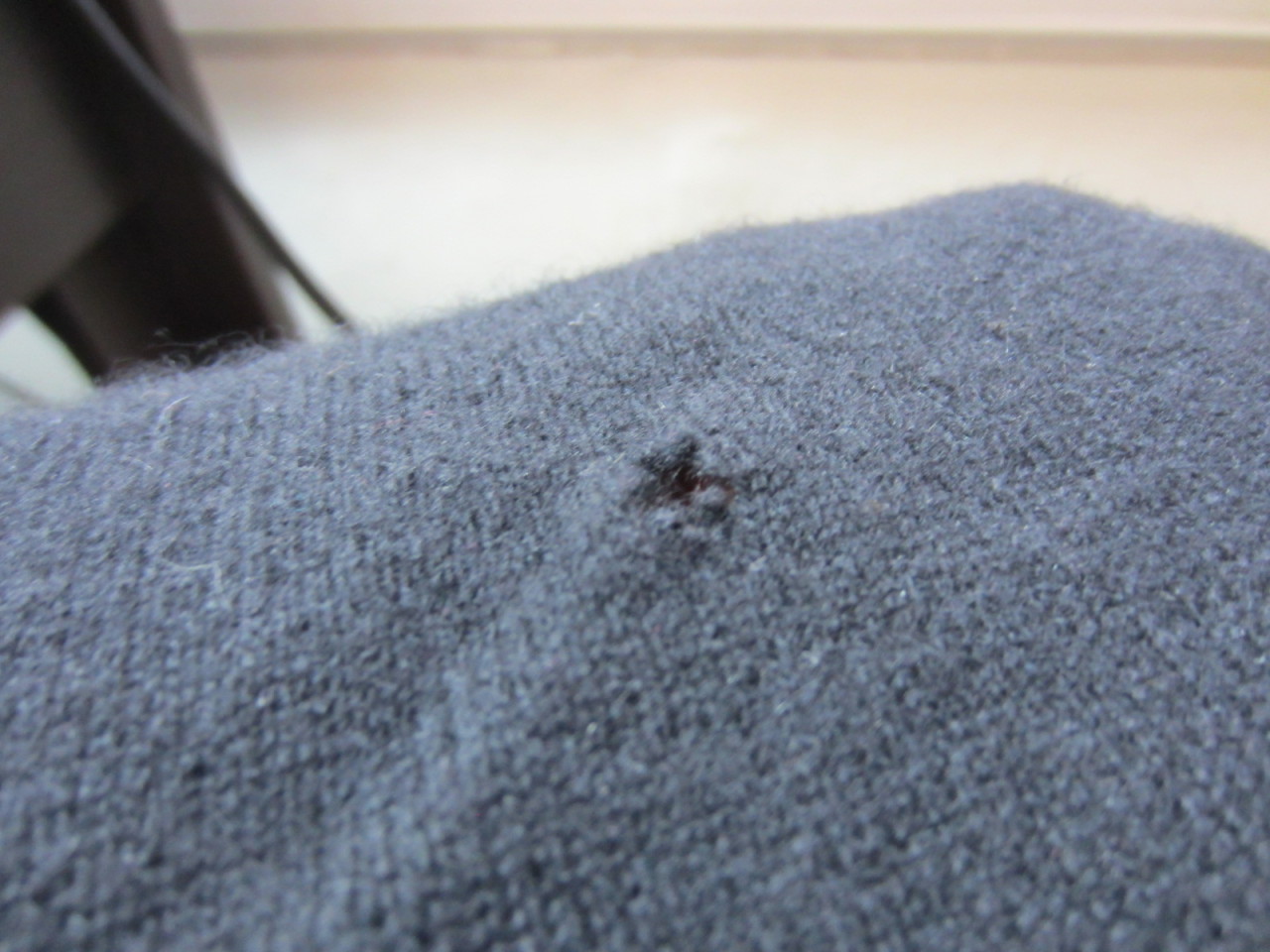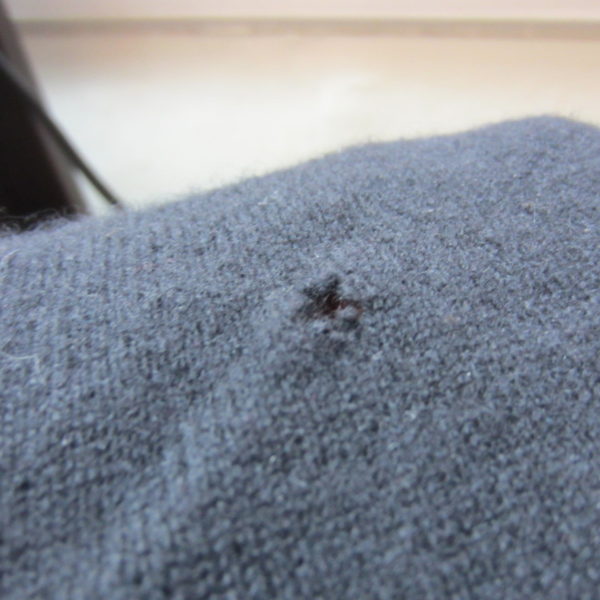
The other day, I was picking through my sweater closet and found an old Ralph Lauren Shetland I hadn’t worn in a while. I pulled it out of the drawer to see if it needed cleaning and noticed there was a small hole – sized just big enough for my pinky finger to slip through. This is one of the downsides of knitwear. Shirts are easy to mend and jeans can always be patched. It’s a lot harder to fix damage in sweaters because the fabric is knitted, not woven.
So, if you find a hole in one of your favorite sweaters this season, what can you do? Four options, with pros and cons of each:
Do-It-Yourself Darning: On a basic level, all fabric is the same. Everything is made from yarns (or threads) criss-crossing each other lengthwise and widthwise. When you have a hole in a sweater, you’re missing a segment in that weave.
To fill in that hole, you can essentially “weave” in new material. Just find some matching thread or yarn, both in color and thickness, and thread it through a needle. You’ll want to tie a knot on one end, so the thread or yarn can be anchored down later when you weave it through your knit. Then carefully fill in the hole by weaving the material lengthwise and widthwise across the damaged area. This YouTube video provides a good tutorial.
Pros: Cheap and you learn a new skill. Mom would be proud. Cons: Takes a bit of time, and depending on the damage, may be hard to do.
Take it to a Professional: You can always take damaged shirts and pants to a tailor, but you can’t always take knits. Not all tailors are set up to handle damaged knitwear, so you may need to find a specialist.
Companies such as Best Weaving & Mending and the French American Weaving Company are great for these kinds of jobs. Basically, they do what I mentioned above – they’ll darn the hole with matching thread. The only difference is that they’re exceptional at what they do and have access to a wider selection of yarns (which means the repair will be less visible when finished). See an old repair job I had done here.
Pros: The easiest way to get something done, and get it done right. Cons: Slightly expensive. The job here ran me about $50, which means it’s only really worth it on special knits. Also, turnaround time can be a couple of weeks.
Bo-Nash: One of the straightforward ways to repair a garment is to iron-on a patch, but when you have a hole, rather than a tear, you need some material to fill in the space. Bo-Nash has a fusing powder that helps you fill in that damage.
The results in this Bo-Nash promo video look incredible, but Amazon reviews are a lot more spotty. Some say the fusing powder ended up showing on the front side of their garments. One reviewer wrote: “The exposed powder left melted-in, shiny smears of plastic around the repair. I threw away the suit.” Yikes!
Pros: Cheap and super easy. Cons: You could make the problem worse.
Wool Felting: Similar to darning, but cruder. Much like darning, you’re essentially filling in the hole with new material, but rather than weaving it in, you’re pricking it. There are lots of kits for this (check your local crafts supplies store), but you can get them online by searching for wool felting or going to Woolfiller. The second has a fun, online video that shows you the process.
Pros: Cheap, easy, and perhaps safer than Bo-Nash. Cons: Since you never really get perfectly matching colors, the results can look a little wabi-sabi. Although, that’s not always a bad thing.
For more posts on how to fix clothes, check our repair and maintenance tags. We also have a full service directory if you need professionals to help with a job.
